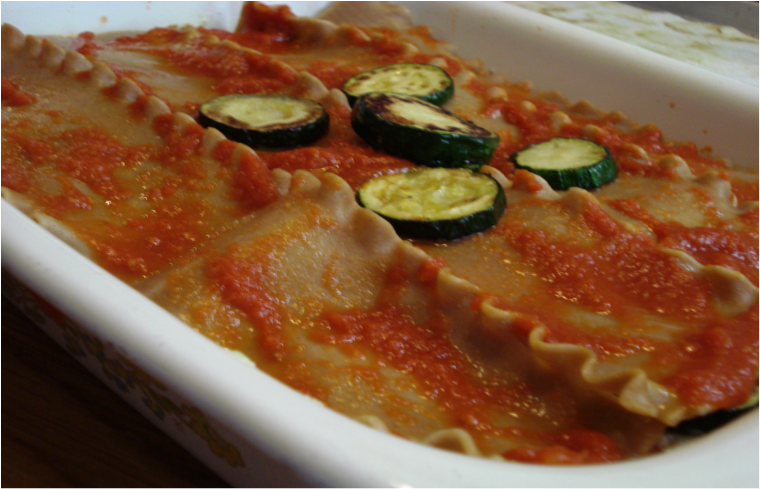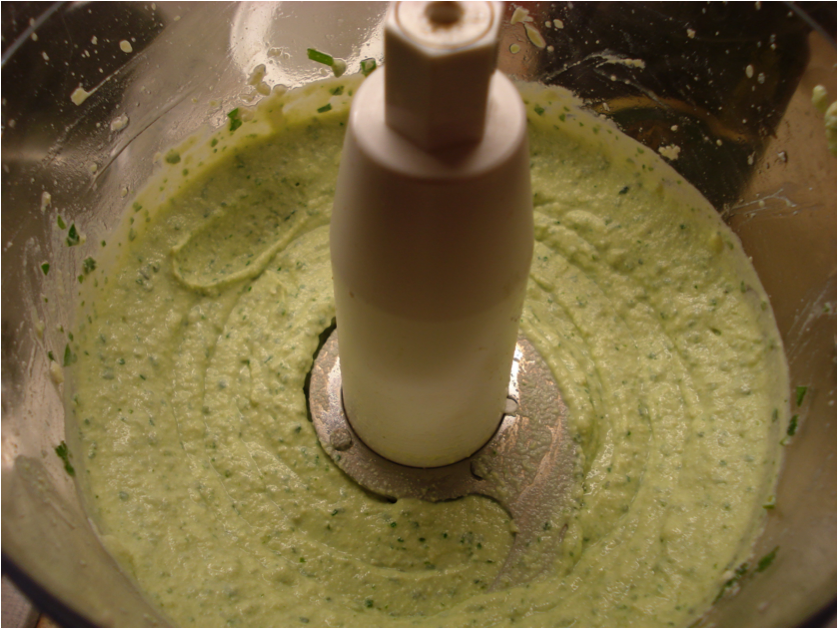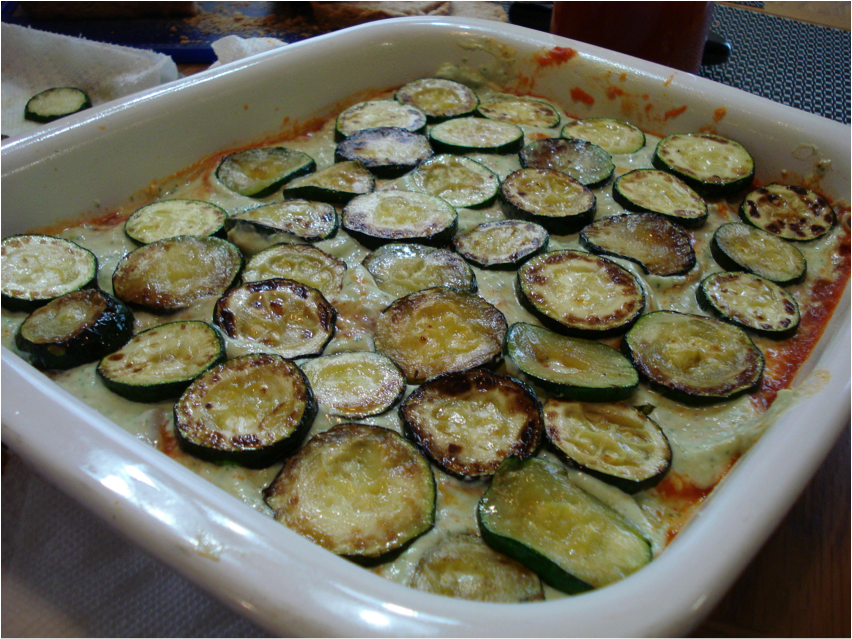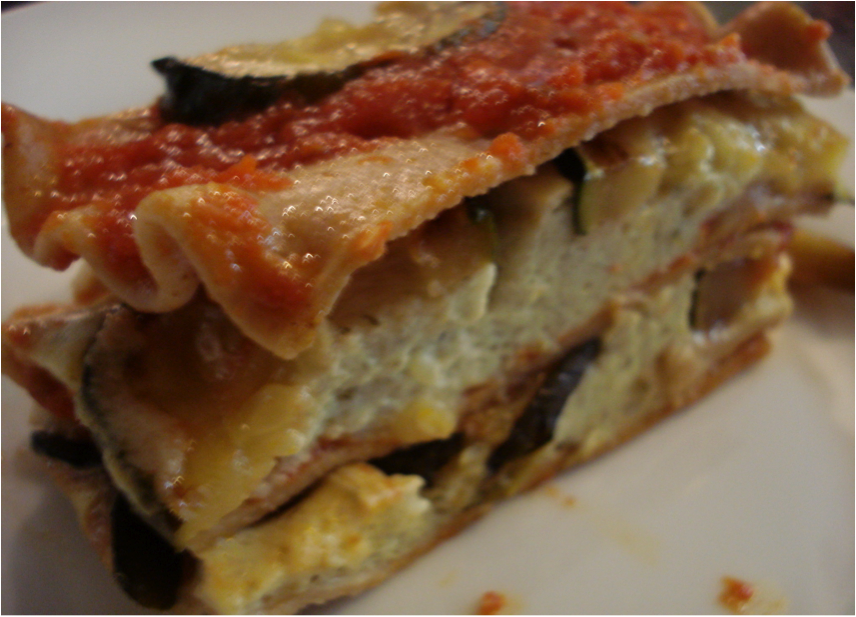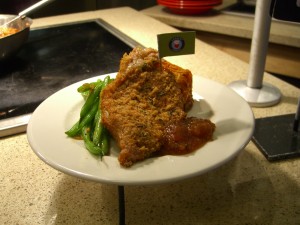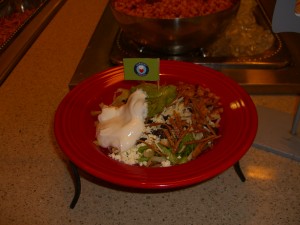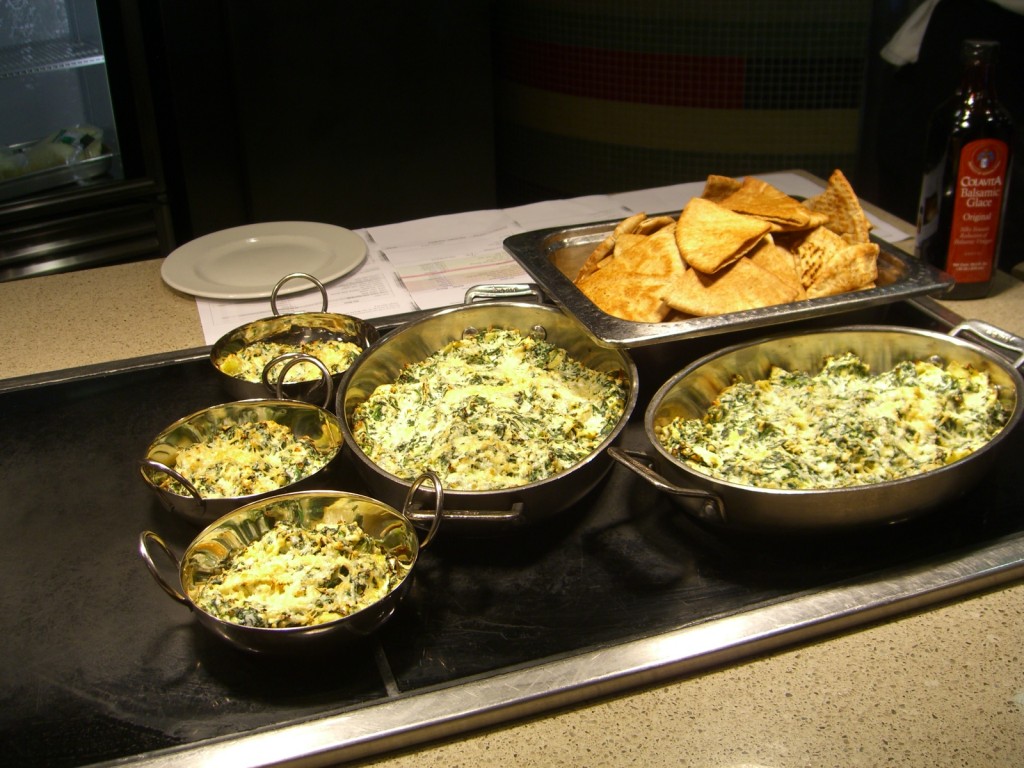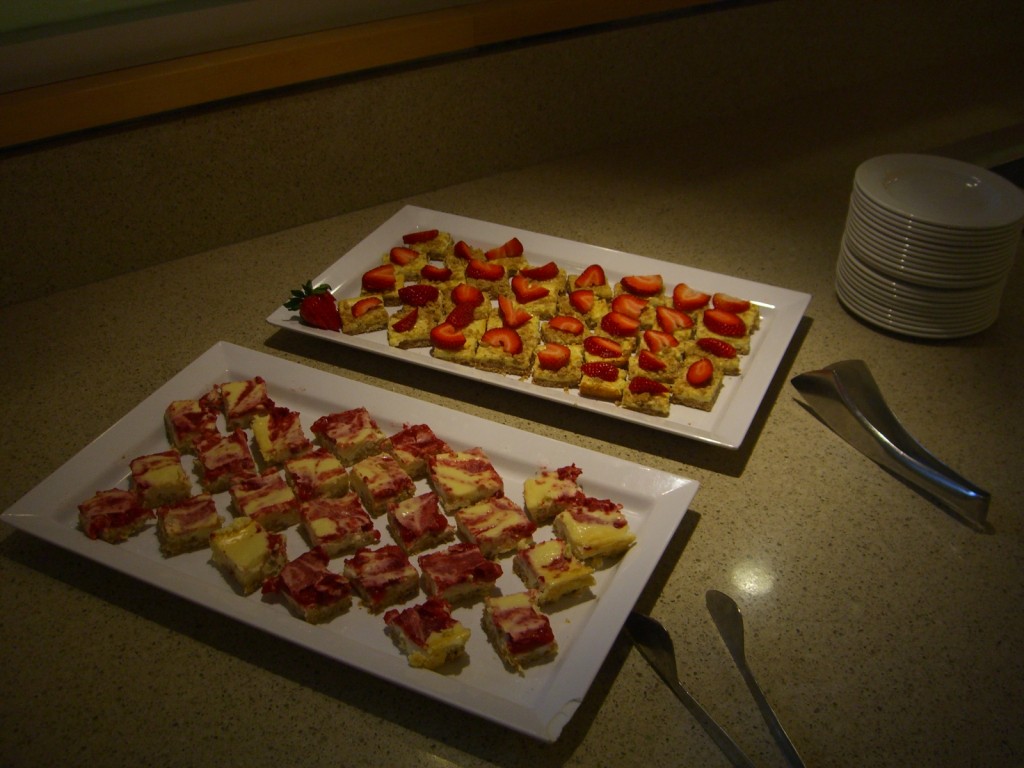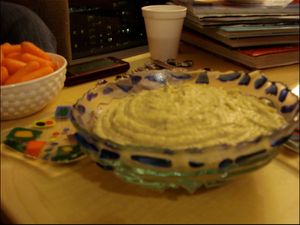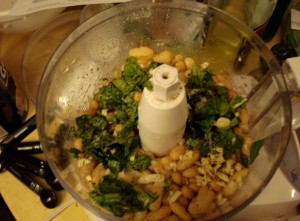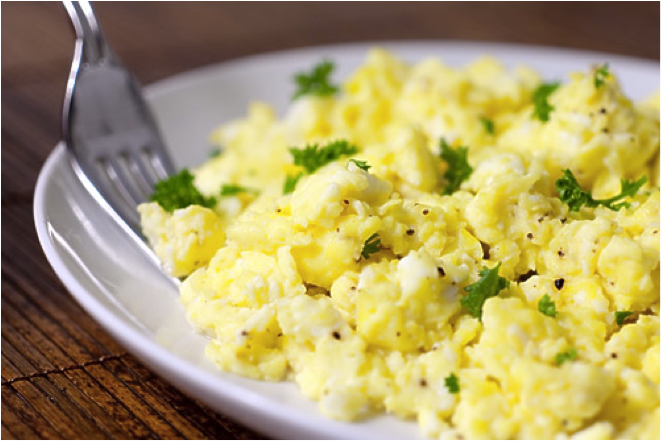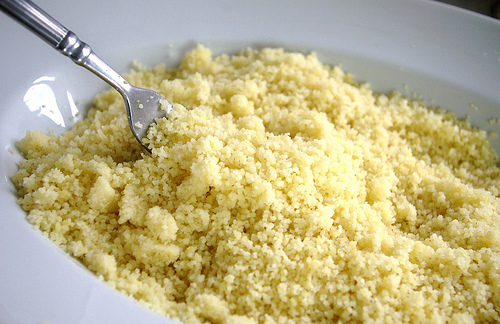By Bianca Tamburello, Dietetics Student, Sargent College
After 2 weeks of SC Test Kitchen withdrawal, we returned to the test kitchen with Indian flair. We spiced up Karen Jacob’s kitchen with Sargent Choice’s Chana Masala with Roti.

http://shareitfitness.files.wordpress.com/2011/04/beans2.jpg
What are Chana Masala and Roti?
The word “Roti” is used to describe bread or any other bread like food in Indian culture.[1] Roti is commonly made all over India, but is especially popular in northern and central areas. We cooked our roti over a stove-top and on a griddle, but roti is also grilled, baked and even fried. Specifically, wheat roti is cooked on a tava, which is a round concave griddle.[2]
Chana masala is a light meal or snack made from chickpeas that is commonly found at bazaars offered by traveling vendors. 2 Although it may be a special treat to test kitchen attendees, chana masala is eaten any time of day in India.
Test kitchen regular, Janvi Patel, shined Wednesday night. With her traditional Indian background, Janvi was the key to our roti success. She even let us “face time” her parents to discuss the masala spice and give us roti advice.
Janvi explained that adding water to the flour in small increments is important to assure that the roti dough is neither too watery nor too dry.
Chana Masala
First, we added the onion to 2 heated tablespoons of vegetable oil and cooked them until slightly brow. Substituting the powdered garam masala with a paste masala is a good alternative if the powdered masala is difficult to find in your area. The paste masala quickly liquefied on heat and offered the same flavor as the powdered version. Next, we added the chilies, garlic and ginger. The chana masala was simmered with tomatoes, cilantro and salt until it became saucy.
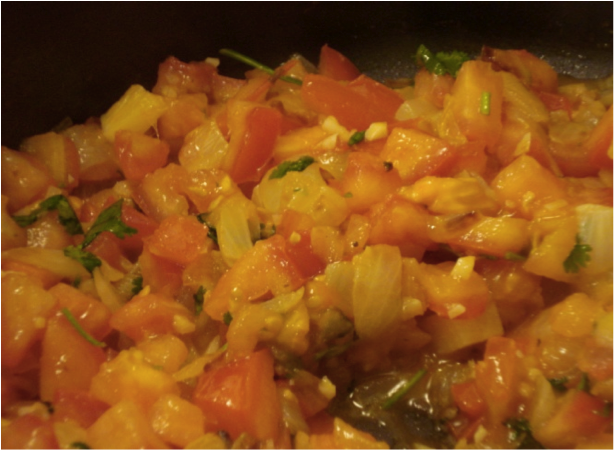
After the saucy consistency was obtained, we stirred in the chickpeas and let the mixture simmer for about 10 minutes. Finally, we added the lemon juice and kept the chana masala warm until the roti was ready.
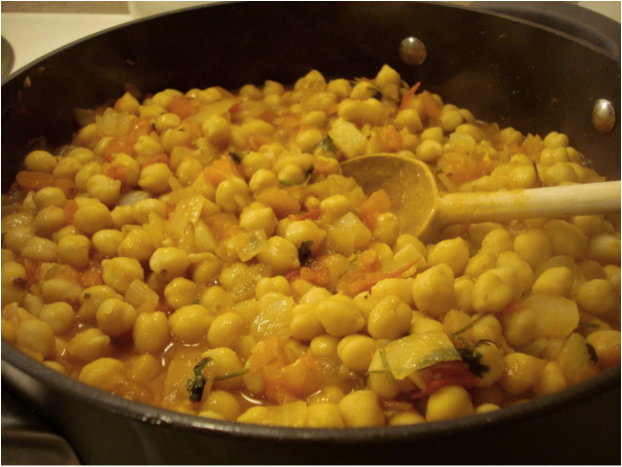
Roti
First, we mixed the whole-wheat flour and 1 teaspoon of salt in a large bowl. Then we drizzled warm vegetable oil over the mixture. Heating the oil, allows the oil to evenly distribute throughout the flour mixture and helps with binding.
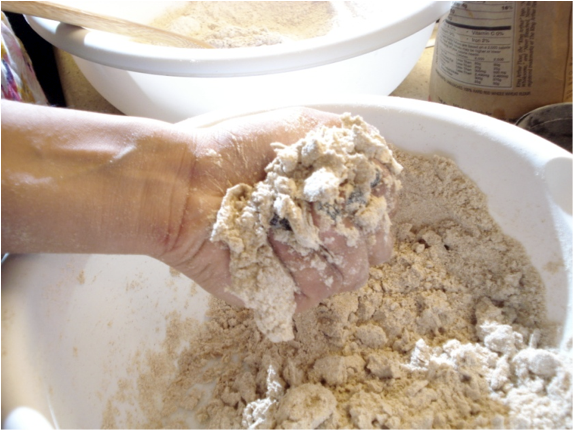
A ½ cup of water was added to the mixture and stirred with a spoon. The recipe instructs to add an additional 2 tablespoons of water separately. If the mixture seems too dry or is not fully bound, slowly add a tablespoon more until the desired texture is achieved. After about 10 minutes of kneeding by hand, we covered the roti dough and let it set for about 10 minutes
The dough was divided into 8 balls and rolled into flat circles with a rolling pin. We experimented with cooking the roti on both a skillet and a griddle. We found that the griddle offered us more space and saved us cook time. However, the skillet cooked the roti just as well.

The roti was cooked until brown spots appeared and then flipped. Finally, we removed the roti from heat and brushed with Smart Balance.
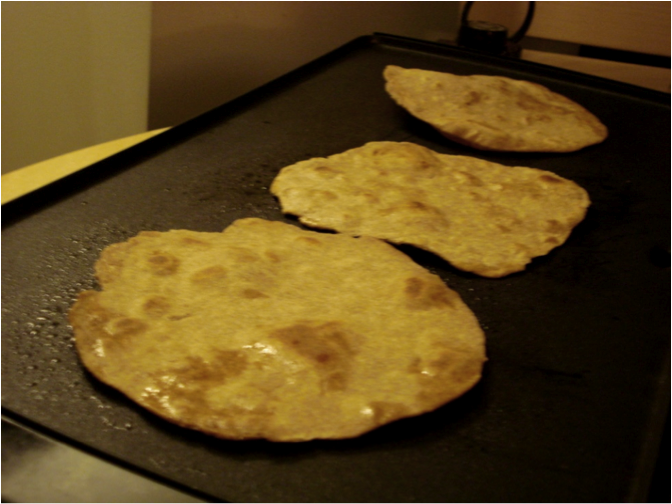
No utensils were used at the test kitchen on roti night. Janvi explained how her family enjoys chana masala and roti at home. She demonstrated how to use the roti to pick up the chana masala. The roti was similar to toasted pita bread. It was thin and smooth yet thick enough to pick up the chana masala without tearing. Bursting with flavor, the chana masala paired perfectly with the mild roti.

Sargent Choice Chana Masala with Roti
Yield 8 servings
| 1 Serving |
| Calories |
310 |
| Fat |
10 g |
| Saturated Fat |
1 g |
| Protein |
11 g |
| Carbohydrates |
48 g |
| Fiber |
9 g |
Ingredients
¼ cup vegetable oil
1 large onion chopped
2 fresh green chiles (such as Serrano), chopped
2 garlic cloves, finely chopped
1 teaspoon fresh ginger, grated
2 teaspoons garam masala
2 large tomatoes, chopped (about 3 cups)
3 tablespoons fresh cilantro, chopped
1 teaspoon salt
2 15-oz cans chickpeas, rinsed
1 tablespoon fresh lemon or lime juice, plus 4 wedges
2 cups white whole wheat flour
1 tablespoon Smart Balance, melted
Directions for Chana Masala
- In a large skillet, heat 2 T oil over medium heat. Add the onion and cook, stirring occasionally, until beginning to brown, 10-12 minutes.
- Add the chiles, garlic, ginger, and garam masala and cook for 30 seconds.
- Add the tomatoes, half of the cilantro and ½ teaspoon salt. Simmer gently until saucy, about 5 minutes.
- Stir in the chickpeas and simmer for 10 minutes. Stir in the lemon juice. Cover and set aside to keep warm.
Directions for Roti
- In a large bowl, mix the flour and 1 teaspoon salt. In a small skillet, heat 2 tablespoons of the
- vegetable oil over high heat until very hot, about 1 minute. Drizzle it over the flour mixture. Pour in ½ cup water in a slow stream, mixing with a wooden spoon. Add up to 2 Tablespoons more water, 1 at a time, until the dough holds together when pinched. Working by hand or using a standing mixer fitted with a dough hook, knead the dough until smooth and firm, about 10 minutes by hand or 5 minutes by mixer. Cover and let rest for 10 minutes.
- Divide the dough evenly into 8 balls. Roll each ball into a 6” round (about 1/6 inch thick). Cover with a damp cloth or plastic wrap.
- Wipe the inside of a medium nonstick skillet with an oiled paper towel and heat over medium heat until hot but not smoking. Working with 1 dough round at a time, place the dough into the pan and cook until brown in spots on bottom, gently pressing the air bubbles with the back of a spatula to expel the air, about 30 seconds. Flip and continue pressing for about 15 seconds. Transfer to a plate and brush with some of the Smart Balance. Repeat with the remaining rounds and Smart Balance.
To serve, spoon the Chana Masala into individual bowls, Top with the remaining cilantro and the lemon wedges (or lime). Serve with the roti. (Adapted from http://www.chefteebs.com )
[1] Rajah,Carol Selva and Wickramasinghe, Priva.
The Food of India; A journey for food lovers. 2005. Murdoch Books p. 216-217
[2] Rajah,Carol Selva and Wickramasinghe, Priva. The Food of India; A journey for food lovers. 2005. Murdoch Books p.178


